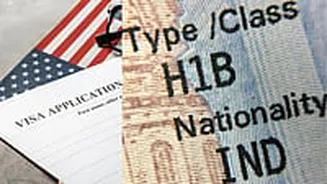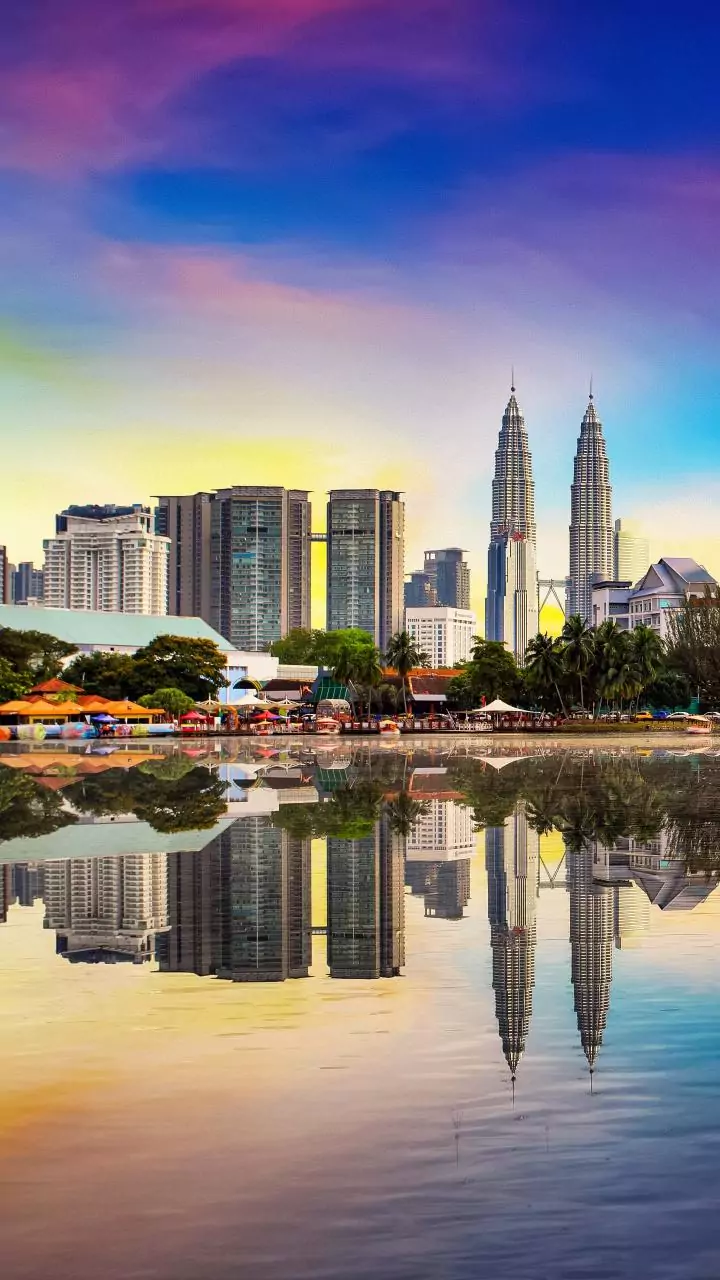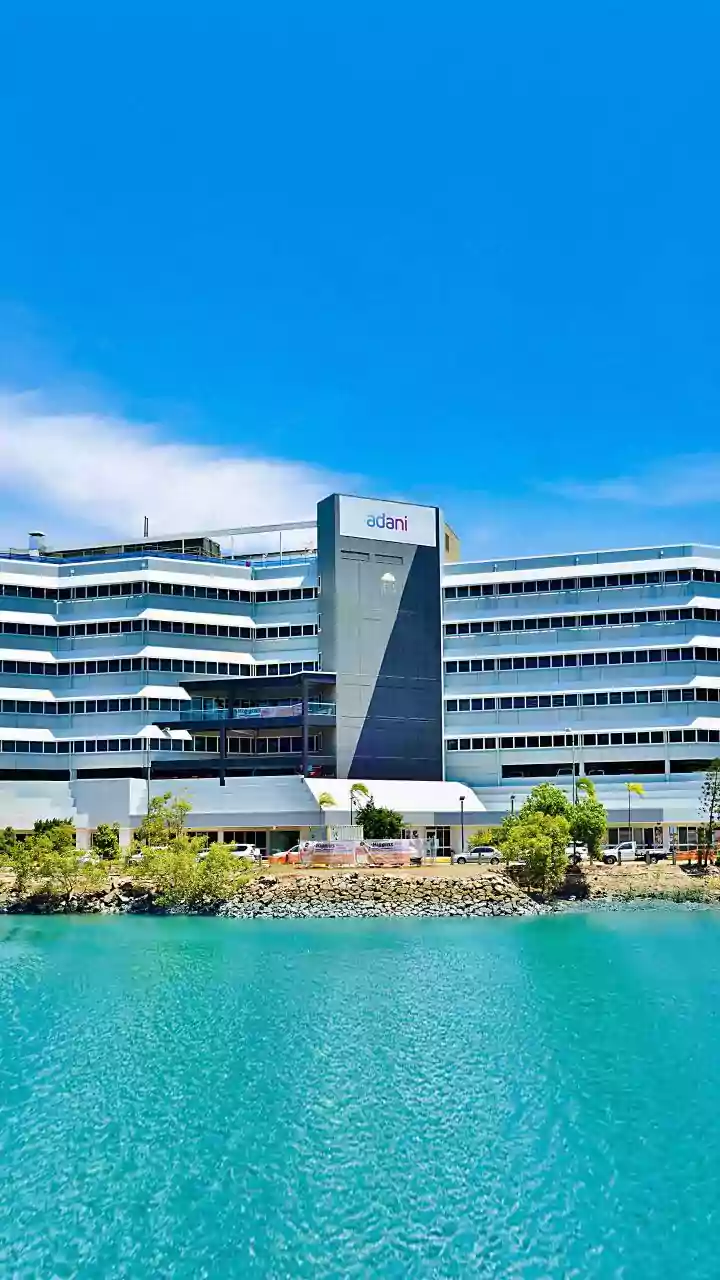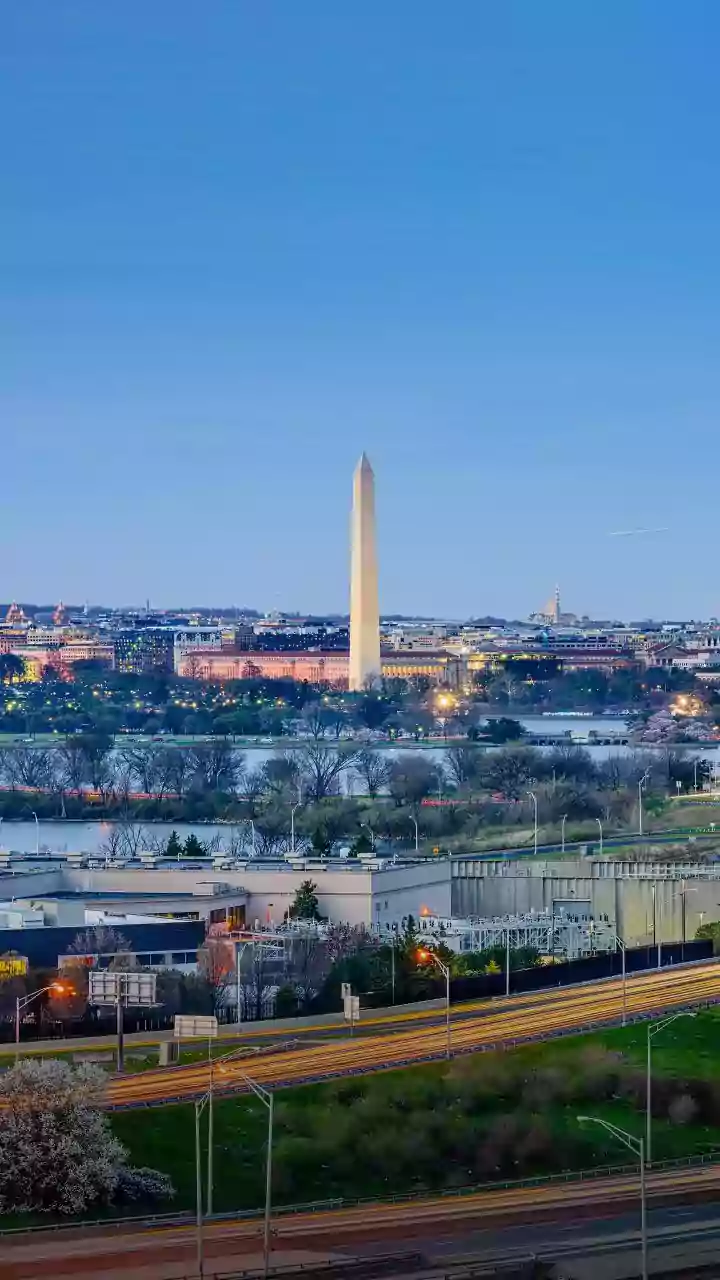Mumbai: The US Citizenship and Immigration Services (USCIS) has clarified that a $100,000 fee imposed in September by President Trump to obtain H-1B visas for skilled foreign workers applies only to new
applicants who are living abroad. According to the updated information, the fee doesn’t apply to any previously issued and current H-1B visas, and does not prevent current H-1B holders from traveling abroad.
Confusion Cleared
The clarification has cleared weeks of utter confusion triggered by the September 19 proclamation signed by President Trump, titled “Restriction on Entry of Certain Nonimmigrant Workers.” On the H-1B policy Trump admin had said the new fee was necessary “to address the abuse of that program while still permitting companies to hire the best of the best temporary foreign workers.” Some employers have been reportedly taking advantage of the visa program to undercut US workers’ wages by hiring lower-paid foreign workers for a long time.
The Trump administration believes that the $100,000 fee to obtain an H-1B visa will compel companies to hire Americans. The clarification has brought relief to thousands of foreign professionals and students, many of them Indian as the visa fee hike will not apply to individuals already living and working in the United States. In a clarification on October 20, the USCIS confirmed that the steep fee will only affect new H-1B applicants outside the US who do not currently hold a valid visa.
The proclamation had proposed the $100,000 application fee, equivalent to roughly Rs 88 lakh, for all H-1B visa petitions, sparking widespread concern among students and professionals, especially Indians who form the majority of H-1B recipients.
Clarifications
The $100,000 fee applies only to fresh H-1B visa petitions filed by employers for individuals outside the U.S. seeking entry. Those currently inside the country, including international students transitioning from F-1 to H-1B, or professionals applying for extensions or status amendments, will not be charged the hefty amount. The rule also confirms that current H-1B holders can travel in and out of the US without being subject to the new fee. The USCIS further clarified that a “beneficiary” of an approved petition will not have to pay the fee even if they later travel abroad and re-enter the U.S. under the same visa status.
Saurabh Arora, Founder and CEO of University Living, said the clarification has eased panic and restored confidence among students. “When the $100,000 H-1B fee was first announced, it created panic. Many students thought it would apply to everyone, including those already studying or working in the US. Now that the government has clarified it only applies to new petitions filed from outside the country after September 21, 2025, it has brought a big sense of relief,” Arora said. He explained that around 1.6 million international students currently study in the US, and about 3.3 lakh are Indians.
Every year, nearly 4 lakh students work under OPT or STEM-OPT, which acts as their bridge to the H-1B visa. “By exempting those already in the US from the new fee, the US government has sent a strong message that it values the talent it has already educated,” he added. Arora also offered a practical tip to avoid unexpected costs, “The simple rule is: stay in the US while your Change of Status is under review. Do not travel internationally until your approval comes through. This small step can save students from paying a massive, unnecessary cost.”
He further urged students to rely on verified information, “Don’t believe everything you see online; always verify from credible sources. Studying abroad isn’t just about earning a degree, it’s about building a global career. Stay informed, plan smartly, and make decisions with clarity.”
Legal Challenges
The clarification comes amid strong backlash from the American business community. The U.S. Chamber of Commerce, the country’s largest business organisation, recently filed a lawsuit against the administration, calling the $100,000 fee “unlawful” and harmful to American competitiveness. In its petition, the Chamber argued that the policy would “inflict significant harm on American businesses,” forcing them to either raise labour costs dramatically or reduce hiring of highly skilled foreign professionals, particularly in the technology and healthcare sectors.
Indian professionals are among the largest beneficiaries of the H-1B visa programme, receiving more than 70 per cent of all approvals in recent years. The H-1B route has been a critical pathway for Indian graduates, especially from STEM fields, to gain work experience in the United States after completing higher studies.
Negative Impact
While the visa fee exemption brings temporary relief, the Global Trade Research Initiative (GTRI) has warned that the US government’s new restrictions on foreign student admissions could have a long-term negative impact on India’s education and workforce mobility. The policy is introduced alongside the visa changes that cap foreign students to 15% of total university enrollments and limit students from any single country to no more than 5%.
“This means fewer Indian students will be able to access the US. universities and, in turn, fewer will transition into skilled professionals under the H-1B route,” the GTRI report said. The think tank described the situation as a “mixed message,” pointing out that while the fee exemptions help those already in the US, the new caps restrict future inflows of talent. “The two measures pull in opposite directions, one facilitates visa transitions, the other tightens entry for new students,” GTRI cautioned.
‘Relieved, But Still Worried’
Many Indian students and young professionals studying or working in the US expressed relief and cautious optimism after the announcement. “Finally some clarity! I was literally losing sleep thinking I’d have to pay $100K just to change from F-1 to H-1B. This is a huge relief,” said one Mumbai-based student studying in Boston University on condition of anonymity. Another student said, “They announce something, panic spreads, then they ‘clarify.’
This back-and-forth is exhausting. We can’t plan our futures like this.” Several students said that while they were relieved about the exemption, the high cost of living, limited job openings, and frequent policy changes continued to make life difficult. “Relieved about the fee, but rent, insurance, and job uncertainty are already skyhigh. It’s like the U.S. wants talent but doesn’t want to make it easy,” said Piyush who is currently on OPT. Others pointed out that the new foreign student cap could disadvantage future Indian applicants. “I got lucky with my visa last year. But with all these new limits, I’m not sure if my younger sister will get the same chance,” said another student based in Texas.
Back in India, many aspirants said they were now reconsidering their plans to study in the US. “Every few months there’s a new rule or a ‘clarification.’ Ireland and Germany are starting to look like safer bets,” said another student from Pune. Another added, “The visa path is already stressful, now add these unpredictable rules. It’s mentally draining.” However, a smaller group of students welcomed the clarification, saying it could improve transparency in the long run. “Good that they’re tightening checks and clarifying rules. Maybe now the process will be fairer for genuine applicants,” said Nehal, a student from Telangana.
Future
While the clarification resolves immediate concerns for those already in the US, experts say the frequent policy reversals are creating longterm uncertainty in the US immigration system. “The volatility in US immigration policy has become a greater concern than the fee itself,” GTRI noted. “Such unpredictability makes it harder for Indian IT companies, researchers, and students to plan long-term mobility and career paths.”
(With Inputs from PTI & IANS)


















